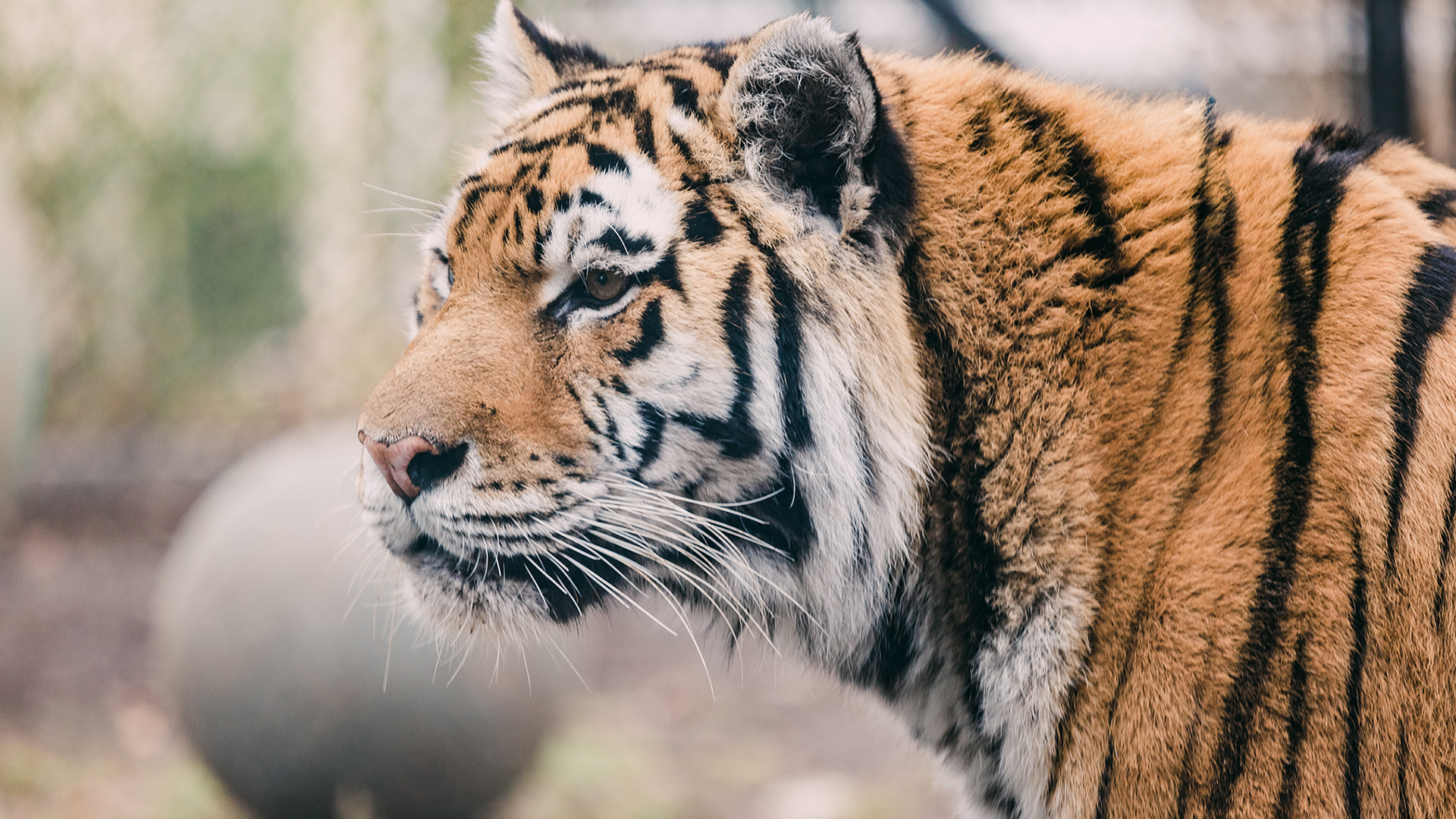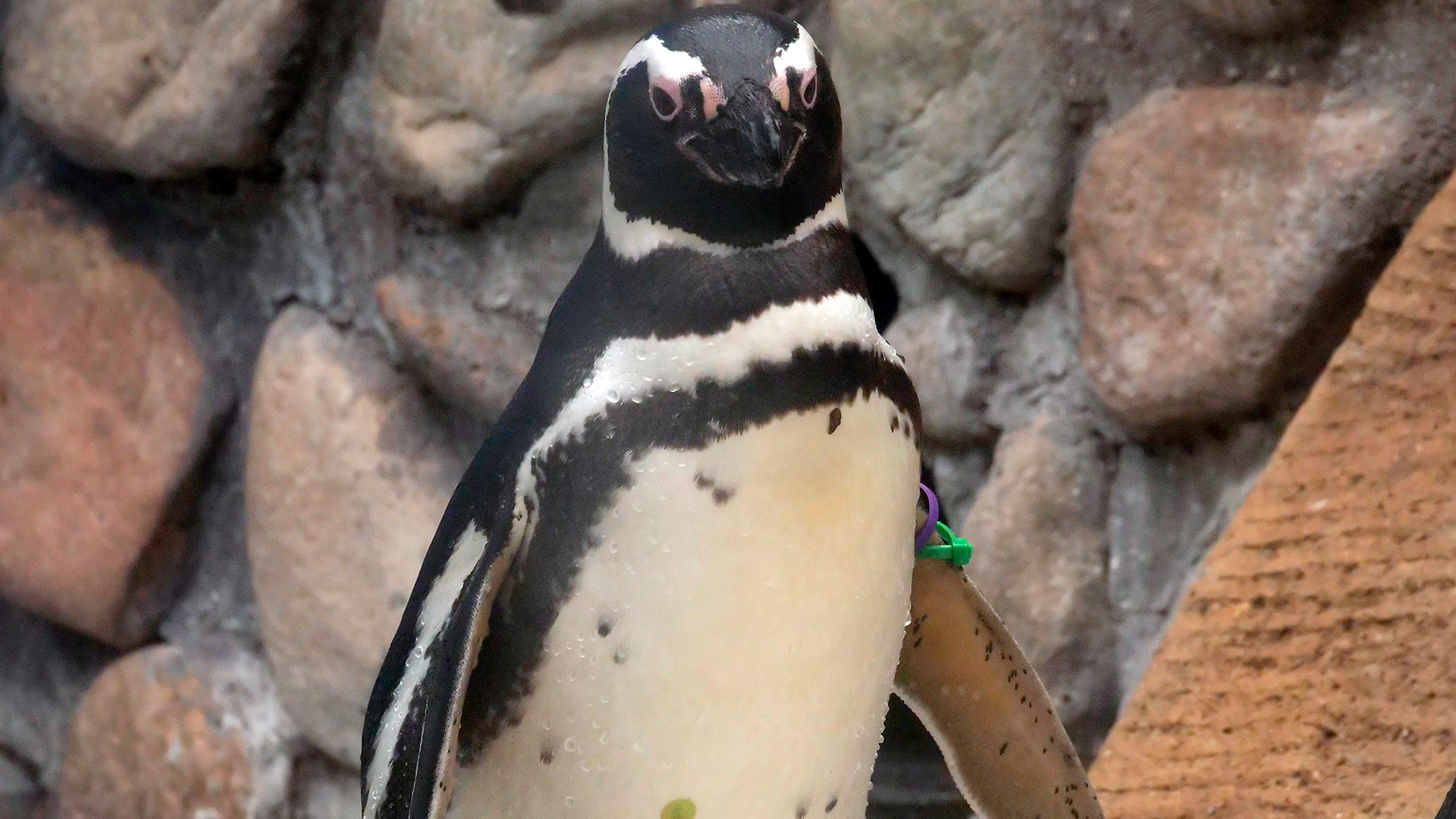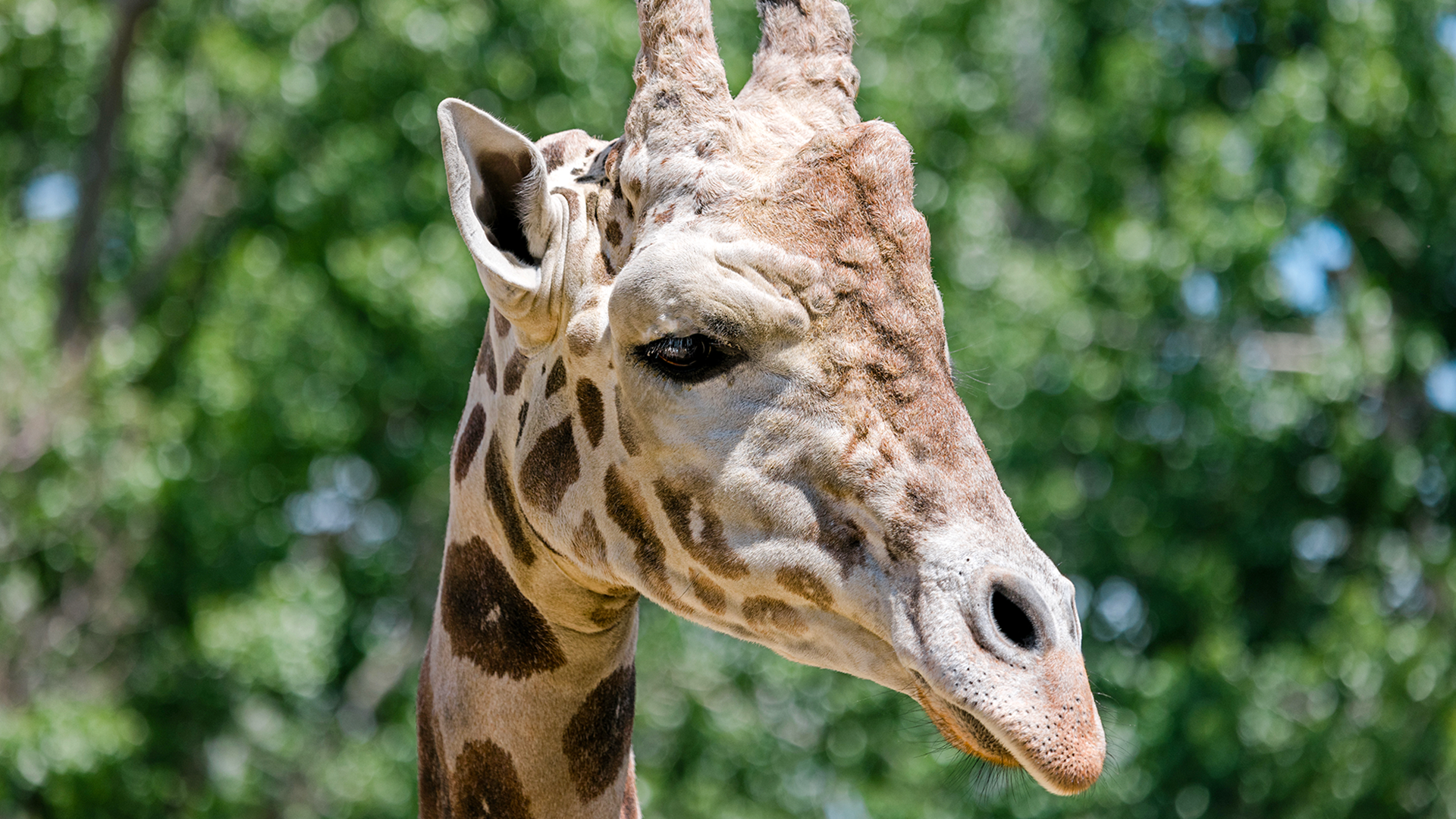Not slow-moving or sloth-like at all!
Originally placed in the sloth family in 1791 due to their long thick claws, missing front teeth, and ability to hang upside down in trees. But upon further study, they were re-classified into the bear family.
You can feed sloth bear Paji Thursdays – Sundays from 2:30 – 3PM during the St. Luke’s Health Plan Sloth Bear Encounter!




